How to support your crew and train your community
Being a first responder during an active shooter situation is never the same experience for anyone. The Los Angeles Times released statements by police officers who responded to the Las Vegas shooting in October 2017. Some of the comments include:
"As I got home I found it was hard to process what had happened. I just sat in my bed thinking that I hoped what I've done was enough." - Officer S. Quijano
"[Officer] Mark [Bordoni] and I kept going back and forth trying to figure out where the shots were coming from. I remember very clearly thinking, 'this is it. I only have my Glock 40 caliber and I'm probably up against a fully stocked assault team with tactical gear.’ I thought about my wife and kids, would I ever see them again. I looked to my right and there were three or four men doing chest compressions on a female who had been shot in the head. I've seen enough death in my 15 years on the job that I knew she was gone, but I was not about to say anything to those brave men." - Officer K. Bryant
"I was terrified. I questioned God, 'Why? Why am I going to die today? I don't want to die. This is what I was trained for? I have to see this? Why? I don't want to do this anymore.’ I thought, 'I want to run, look there's a field, you can run, find a street, call a cab, leave, go home! Then I said to myself, 'how hard have you worked, the academy, the badge, the love you have for people, you have to help, you might die, that's okay, you can't go, you have to stop the threat, you have to save them.’" - Officer A. Mitre
"At this point, I believed I would probably die, as all I had was concealment from a fabric tent. I continued to make tourniquets, overwhelmed by seemingly dozens of individuals bleeding out, waited for a pause in the gunfire so I could run to gear up, and hoped that if I was shot, it would be in my body, not my head." - Officer P. Zaragoza
During an active shooter response, first responders must find their way through chaos, panic and confusion to stay focused on their mission to save lives. The best way to strengthen these efforts is to educate your community on what to do if a shooting occurs in the area. Having a support system available for your crew members after the incident is over is also an essential element of preparing them to cope with the aftermath following a mass shooting.
A helping hand: ALICE Training Institute
The Washington Post keeps an updated page regarding mass shootings that occur in America and the growing statistics. As a first responder, you understand that it’s not just about numbers. Every person has a story; an invaluable and irreplaceable life filled with family and friends that care about them deeply. Protecting your community can be especially challenging when it comes to an active shooter situation. These events are often unpredictable and catch most by complete surprise. It’s vital that you do your best to train yourself and others on how to react when an incident occurs and what to do before you arrive at the scene.
A system that is popularly integrated into many communities is the ALICE Training Program. The program provided by the ALICE Training Institute trains individuals and organizations on their role in responding to an active shooter.
The 5 stages of response: ALICE

- The Alert stage includes overcoming denial, recognizing the signs of a threat and taking seriously any warnings of danger from others.
- The Lockdown stage includes properly barricading a room, handling mobile devices safely, communicating with police at the right time and preparing to either evacuate or counter if the shooter breaks into this space.
- The Inform stage involves communicating the exact location, direction and description of the shooter with clear and concise language. Video surveillance, 9-1-1 calls and intercom systems are a few of the tools that can be used.
- The Counter stage does NOT mean fighting the intruder. As a last resort, individuals should create noise, movement, distance and distraction to disrupt the intruder’s ability to shoot accurately.
- The Evacuation stage contains the best strategies to get out of the building in safe ways as soon as avenues are available. One of the tips they include in this section of training is that a window should be broken from the top corner instead of the center.
ALICE Training Institute offers a specialized program for police and law enforcement personnel, which all first responders can benefit from. In 2014, the FBI released a report of their findings regarding mass shootings, noting that 60 percent of all incidents ended before police and other services arrived. ALICE Training Institute recognized the need to spread messages of proactive safety and response tactics to citizens. Encourage your crew to become citizen instructors through their program today.
A strong support system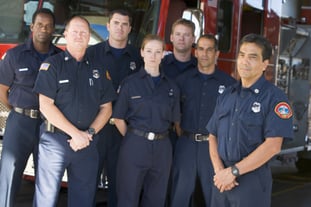
It’s common for first responders to experience many Post-Traumatic Stress Disorder (PTSD) symptoms after responding to a mass shooting. Having a support system in place for when this happens is essential. A few key ways to create a comforting environment for crew members suffering from PTSD include:
- Knowledge of symptoms—These may include anxiety, irritability, crying, paranoia, trouble sleeping, sudden flashbacks, withdrawal, numbness and confusion.
- Reassurance—Rescuer’s guilt occurs when responders feel that they could have done more to help and save others during the emergency. Survivor’s guilt occurs when someone feels guilt for having survived an event when others did not. Remind your crew members that they’ve done all that they could in emergency situations.
- Professional help—Often times, mental health experts are needed to provide “psychological first aid” to first responders after emotionally challenging events.
- Pet therapy—After the Las Vegas shooting, therapy pets were brought in to help the first responders release tension. This is something your community can do, as there are several pet therapy organizations available across the country.
Your line of work calls for expecting the unexpected. An active shooter situation is no different, so train your community on how they can keep themselves safe in these situations until you arrive. Because of the emotional damage that can occur, develop a support plan for your crew members to instill in the aftermath following an active shooter incident.
DISCLAIMER
The information contained in this blog post is intended for educational purposes only and is not intended to replace expert advice in connection with the topics presented. Glatfelter specifically disclaims any liability for any act or omission by any person or entity in connection with the preparation, use or implementation of plans, principles, concepts or information contained in this publication.
Glatfelter does not make any representation or warranty, expressed or implied, with respect to the results obtained by the use, adherence or implementation of the material contained in this publication. The implementation of the plans, principles, concepts or materials contained in this publication is not a guarantee that you will achieve a certain desired result. It is strongly recommended that you consult with a professional advisor, architect or other expert prior to the implementation of plans, principles, concepts or materials contained in this publication.
This blog post may contain the content of third parties and links to third party websites. Third party content and websites are owned and operated by an independent party over which Glatfelter has no control. Glatfelter makes no representation, warranty, or guarantee as to the accuracy, completeness, timeliness or reliability of any third party content. References to third party services, processes, products, or other information does not constitute or imply any endorsement, sponsorship or recommendation by Glatfelter, unless expressly stated otherwise.
Related posts
We asked 10 members of our VFIS Team to name one auto-related risk that they believe is underdiscussed in fire and EMS agencies. Here’s what they said.
Most volunteer fire departments rely heavily on POVs, but there are inherent risks you should know.
Establish a Emergency Vehicle Operations Program that includes driver/operator requirements to help ensure your vehicles are in the right hands.
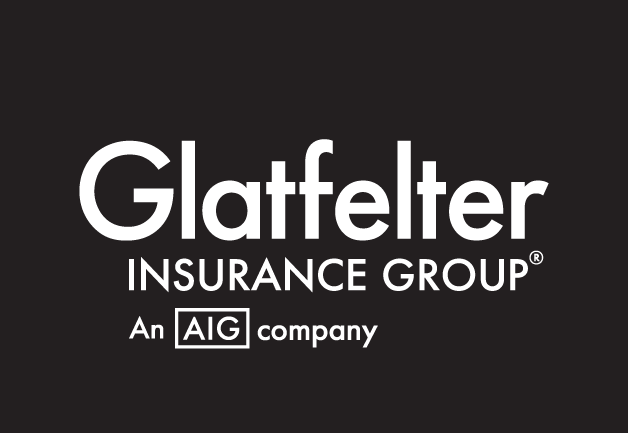

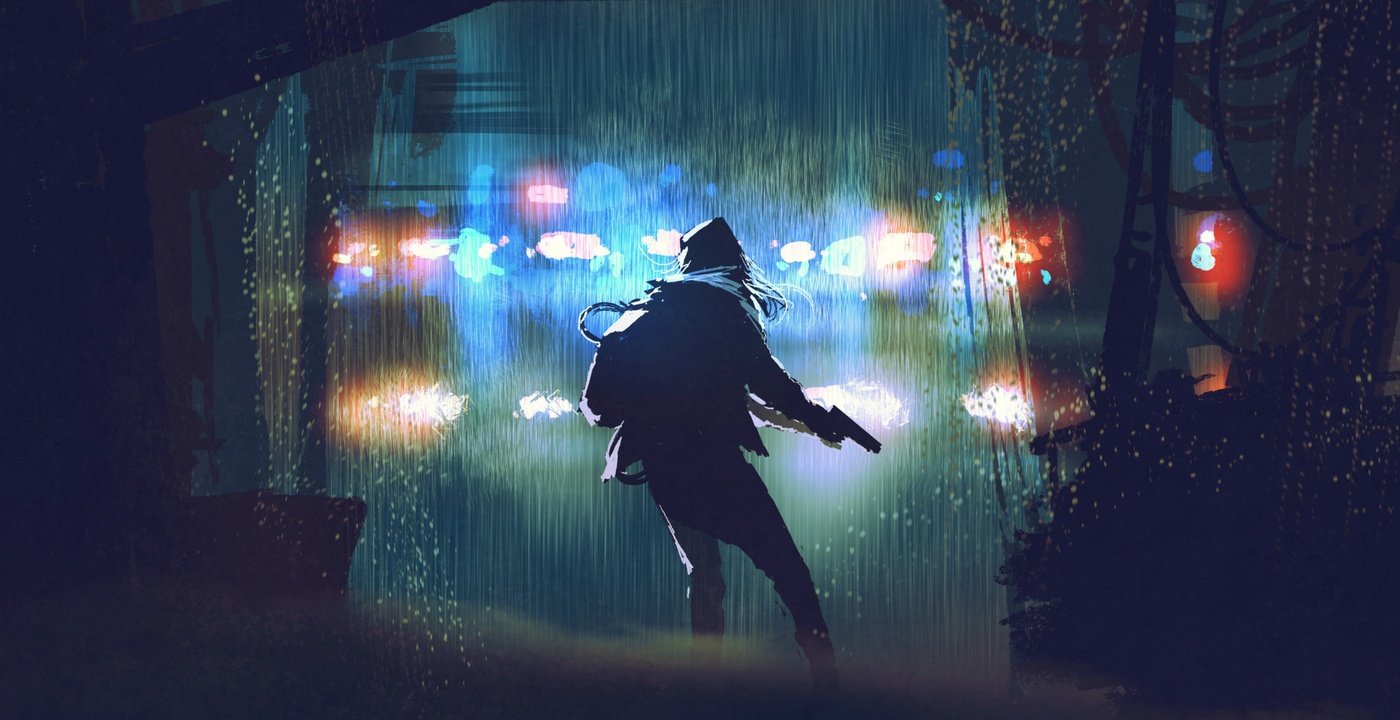
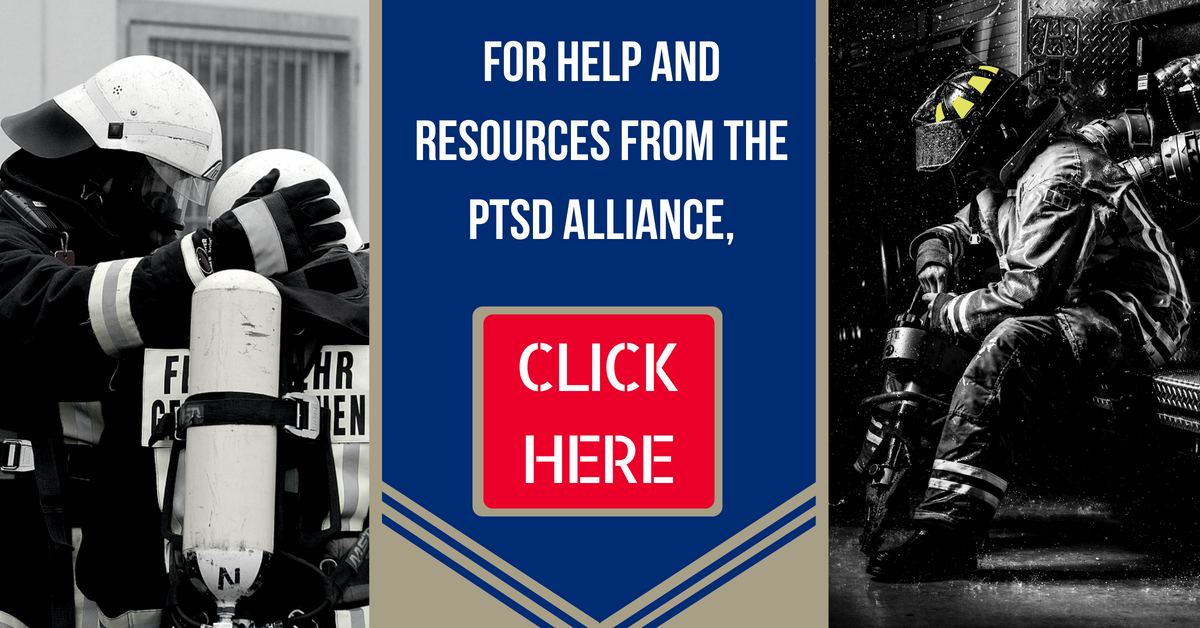
.png?height=300&name=Glatfelter%20Team%20-%20Blog%20-%20Author%20(1).png)


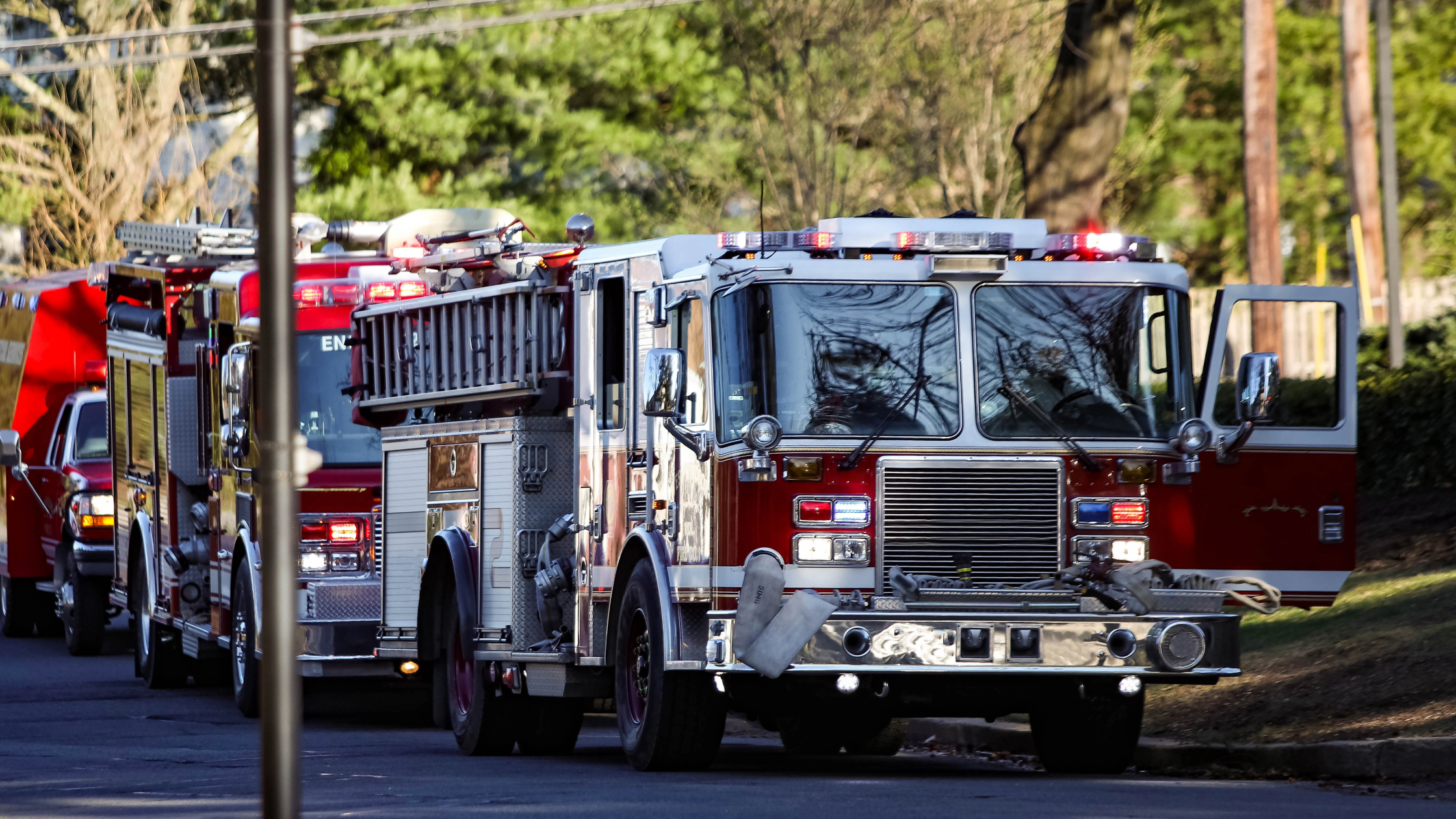

Submit a Comment